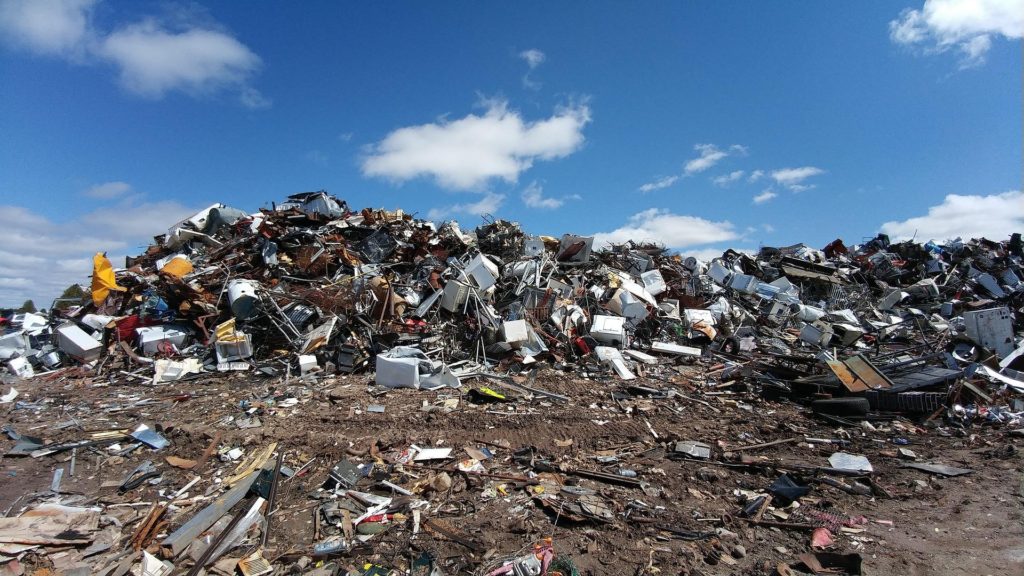Most people adopt a “out of sight, out of mind” philosophy when it comes to trash. Where it goes once the trash truck removes it or the roll-off dumpster is removed from your driveway is typically not on your mind.
However, as you gain more knowledge about the various sorts of landfills, you begin to comprehend why there are limitations on what can be thrown in with your curbside garbage or why some dumpsters can only accept particular materials.
In order to understand everything there is to know about landfills, from EPA classifications to the rising number of green trash landfills, we spoke with our Dumpsters.com COO Rich Gersdorf and Operations Manager Dan Morris.
What Sorts Of Landfills Are There?
Hazardous trash, industrial waste, and municipal solid waste are the three types of landfills that are currently the norm. Each takes particular waste types and use various methods to minimise their negative effects on the environment. A new landfill type that permits the controlled disposal of organic wastes is called “green waste.”
Landfills For Municipal Solid Waste
The likelihood is that your trash will end up in a municipal solid waste (MSW) landfill if you dispose of it in a trash container. Usually, when you think of a landfill, you picture one of these locations. Even though they are the most typical, they are not necessarily accessible to the general public.
Landfills For Industrial Waste
If it seems obvious what a landfill is, that’s because it is. Industrial garbage is disposed of in a landfill for that kind of waste. These landfills can accept any kind of solid industrial waste, although they are typically used for the disposal of construction debris, which is why they are sometimes referred to as C&D landfills.
Objects frequently dumped in industrial landfills include:
- Concrete
- Lumber
- Asphalt
- Gypsum
- Metal
- Bricks
- building materials (doors, countertops, cabinets, etc.)
However, C&D landfills frequently serve as material recovery facilities, or MRFs, as well as places to store construction debris. To do this, the brought-in things are piled up and sorted by landfill staff to determine which products can be reused and which should be consigned to the landfill.

The recyclable materials are given to or purchased by neighbourhood resale shops or companies that specialise in construction using salvaged materials. In addition, the material recovery facility may recycle the resources locally, for example, by breaking lumber into mulch.
To make sure that landfills adhere to federal requirements, they are strategically placed, designed, operated, and monitored. Additionally, they are made to safeguard the environment against toxins that could be found in the waste stream.
Landfills are located utilising on-site environmental monitoring systems since they cannot be erected in environmentally sensitive locations. These devices offer additional safety measures while monitoring for any indications of groundwater pollution or landfill gas.
The Resource Conservation and Recovery Act has strict rules for the design, operation, and closing of landfills today (RCRA).
In 1976, the RCRA established the initial standards for landfills. The requirements for “environmentally sensitive” areas have significantly expanded as of 2021. With this list of restrictions, there are significantly fewer potential locations where dangerous materials could be stored. Both the Toxic Substances Control Act (TSCA) Subtitle C and RCRA’s Subtitle D, which deals with solid waste, have regulations that apply to landfills.

